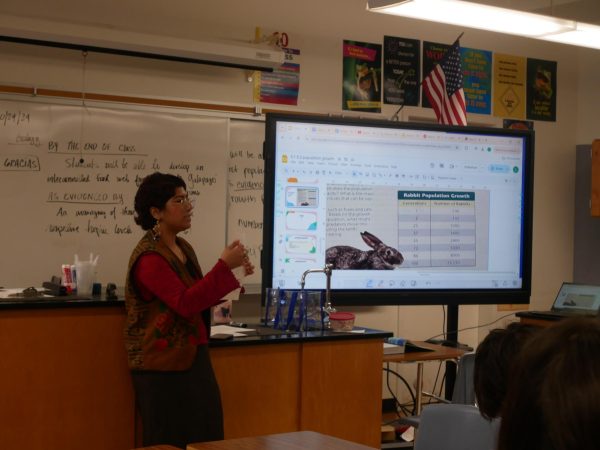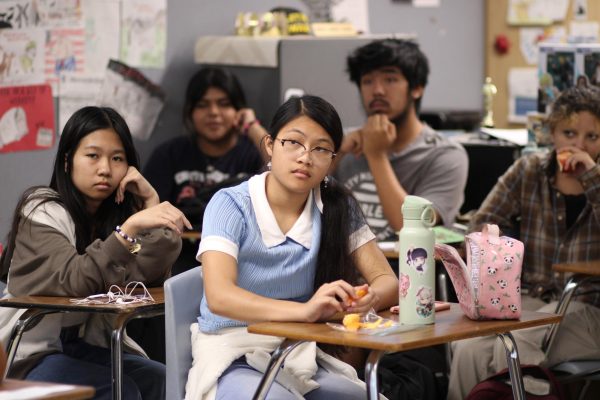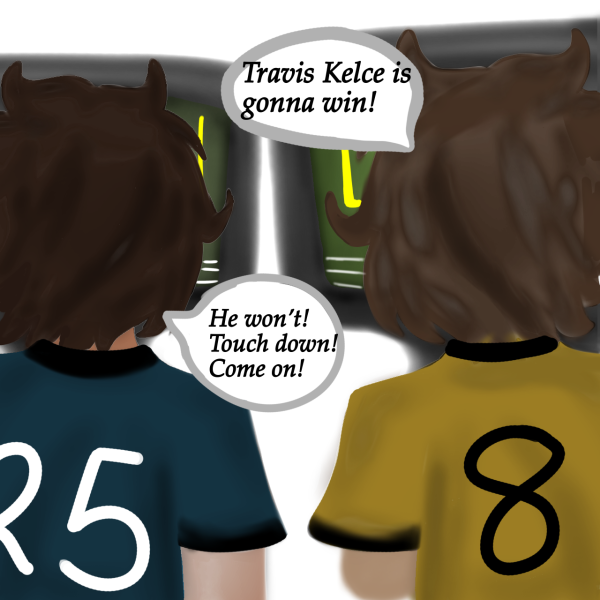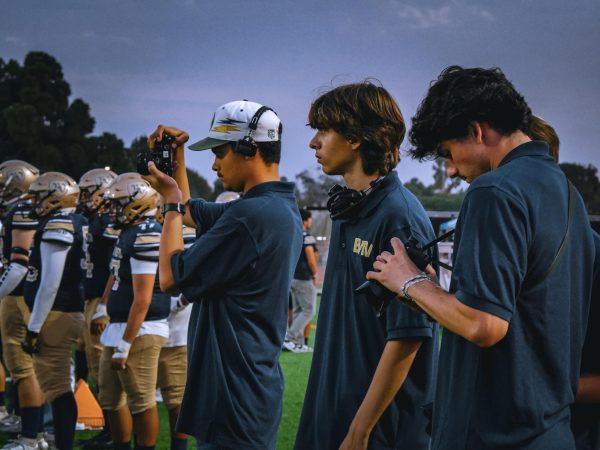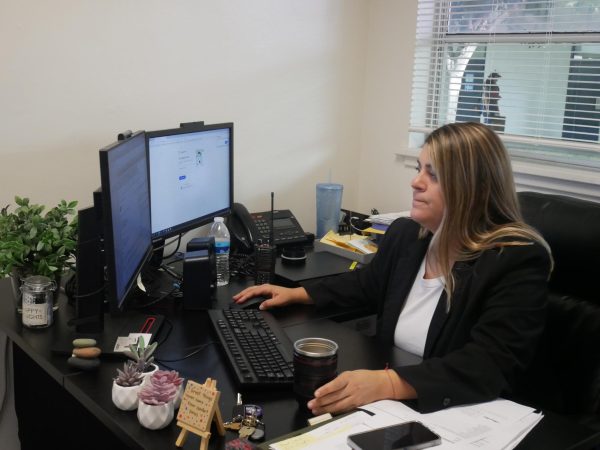Social media’s growing impact on students’ lives
It’s another morning for senior Ethan Alba as he wakes up and checks his phone. He escapes into an alternate world, the technological fantasy created by social media. He finds himself scrolling through the vibrant and colorful platform of Instagram, but spends more time than usual since he’s at home all the time. He eventually finds his mind wandering back to the chaotic and never-ending loop of distance learning.
“I’ve spent a lot of time on social media and not in the real world,” Alba said.
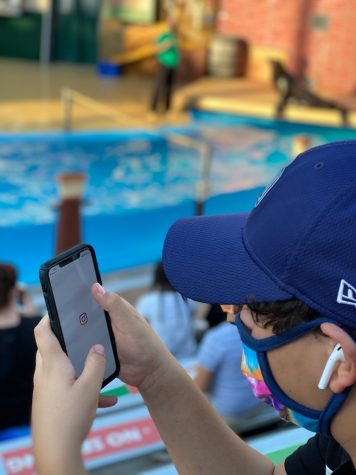
Alba isn’t alone in navigating through social media more often while he is under distance learning. Many students have turned to platforms like TikTok during the pandemic, allowing them to express their creativity and opinions. In between her online classes, senior Alexandria Guerra no longer finds herself scrolling through the endless amount of posts like she would when passing through the bustling halls of Bonita Vista High (BVH). Instead of getting a laugh from the people she follows on social media, Guerra spends time trying to make her followers laugh.
“On TikTok, I have gained a lot of followers and I think with more followers, [people] can get inspired because more people are watching. With my YouTube channel, I have [fewer] followers and that can be a little bit uninspiring,” Guerra said. “[I] don’t have that [same] motivation to keep going because [I’m] not getting as many views as someone else. But I think [the number of followers I have has] definitely [affected me]. I would have never randomly posted the TikToks that I have if I didn’t get the following that I did.”
For Alba and Guerra, social media has affected them in numerous ways, from bringing out their creativity to affecting the way they feel about themselves and others. According to Alba, he has been encouraged by various trends on social media which have affected his actions.
“There [was] a whole thing [on TikTok] where a bunch of people were cleaning [their] rooms so I got my whole room cleaned [and] reorganized. So, [social media does inspire people] sometimes,” Alba said.
In addition, social media has influenced the way people look and what they wear. Guerra explains that many of the styles she likes to wear came from her seeing a trend on social media.
“I cut my hair because I saw someone [that] had a really cute hairstyle,” Guerra said. “I would say [social media] has inspired the way that I look.”
Though Alba doesn’t often take part in trends regarding style or appearance, he finds that social media has affected the way he views others. He believes social media has helped him embrace differences, both between him and others and gain more self-confidence.
“When I see other people and the way that they dress and look, it’s given me the ability to [think], ‘you know what, there are so many different people of shapes, sizes [and] colors using social media, and they’re [all] different,’” Alba said. “It also helped me [to] be more confident. It doesn’t matter [that people are] different [than me]; difference is good.”
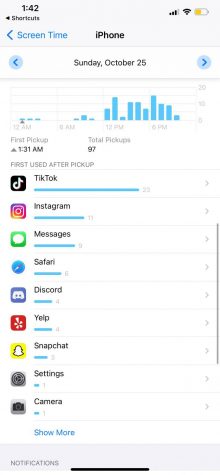
Through social media, Alba hasn’t only accepted that there are variations among people but has also made sure others do the same. Alba has used social media to advocate by “expressing [my views] and raising awareness [on] certain issues and topics.”
As a ninth-grade Geography teacher Laura Lowery believes it is her job to be informed about current events. With social media, Lowery noticed that there is “increased awareness of politics or global issues” in teens now.
“There’s an increasing responsibility to make our world a better place, which is amazing, but that can also be a huge burden [for teenagers] to have on their shoulders,” Lowery said. “Social media comes with this major amount of awareness that didn’t use to exist for a typical high schooler. [It] worries me that [students] can’t enjoy the innocence of youth as much and [the increase in activism] can really be too much.”
Lowery recounts seeing a post on the online discussion website Reddit of a teenage girl acknowledging that her passion and fight for equality and social justice changed into hate and sexism and that it was a problem. She also recounts others saying they have noticed their family members also having a deep passion for a certain issue.
“In a teenage brain, it’s kind of hard to set limits and to know when [the deep passion to solve an issue] becomes unhealthy. It’s great to be passionate about certain topics, but it needs to be balanced out. Sometimes in the world of the internet, balance is hard to find,” Lowery said.
Moreover, Lowery explains how before the pandemic, she created phone pockets where students would put their phones during class in order to help them find balance. She created the policy with the intent for students to disconnect from their phones or social media platforms and be able to connect more by interacting with their fellow classmates.
“I’ve definitely seen that one minute, everything is fine and then the next minute, a student checks their phone and their mood and focus is immediately impacted by whatever texts or posts they saw that could have negatively impacted them,” Lowery said.
Lowery adds that distance learning is especially hard for students not only because of the lack of physical interaction but also because they don’t have a physical campus to go to. Without the ability to enter a separate learning environment, students become disconnected from school and turn to their phones, usually through social media. Lowery believes this causes them to get trapped in the never-ending platforms and fall behind in school work.
Lowery describes how she got a message from a student telling her how distance learning is affecting their work ethic. The student explained that she was a hard-working student in middle school, but distance learning has changed everything for her.
“[A student of mine] said she knows [her phone is] a distraction [and] a part of the problem, but she can’t help it and can’t stop. It’s really easy to be [on one’s] phone during distance learning,” Lowery said. “She acknowledged that her personality has changed from being a focused and accomplished student to her grades being negatively affected.”
Furthermore, American author and motivational speaker Simon Sinek explains how engagement with social media and cell phones releases a chemical called dopamine, the same chemical released “that makes [one] feel good when they smoke, drink and gamble.”
“When significant stress turns up in [people’s] lives they are not turning to a person, they are turning to a device; they’re turning to social media. They’re turning to these things which offer temporary relief,” Sinek said.
Sinek’s statement is especially true during distance learning since students no longer have the ability to engage in everyday, face-to-face conversations.
Although Lowery believes social media negatively affects students’ work ethic in some ways, both she and Guerra agree that social media also leads to positive implications when used correctly. For Guerra, she has utilized social media for creative inspiration when doing a school project and is able to find clubs and extracurriculars she can join through usage.
Lowery further explains that some teachers are using social media as a creative outlet, aiding their academic lessons with the purpose of “trying to be engaging.” They do this by using the video discussion program Flipgrid and other interactive tools to their advantage instead of something that’s “a distraction.”
However, Lowery believes some teachers find themselves competing against both phones and social media because they are entertaining and apps are designed to catch attention.
“It’s a challenge to teach in an engaging way that competes with such an amazing device. I am not as entertaining as an iPhone, I am not as knowledgeable as a phone, and I don’t offer the release of oxytocin like [a] phone offers,” Lowery said. “As a teacher trying to teach meaningful content in an engaging way, we simply can’t compete with a phone.”
Though many students and teachers find flaws with social media usage, many students ultimately continue to find it practical and enjoyable despite its risks.
“Social media has affected me positively and negatively. If [people] get trapped in it, it can put [them] in a really bad mindset and it can be very toxic. But I think positively, I’ve met a lot of friends through social media; internet friends,” Guerra said. ”Especially from someone who [is in] different fandoms and likes different things [such as] films and pop culture, [it] is really positive because that’s what brings me happiness,”
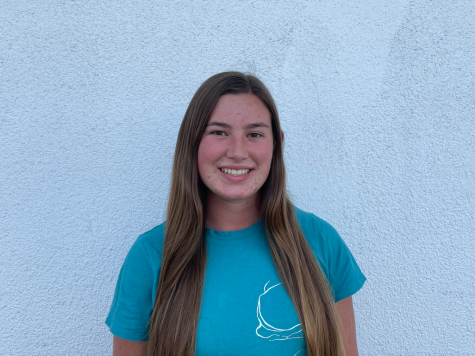
I am currently a junior and this is my second year on the Crusaders staff. After being a Staff Writer for a year I found joy in sharing others’ stories,...

